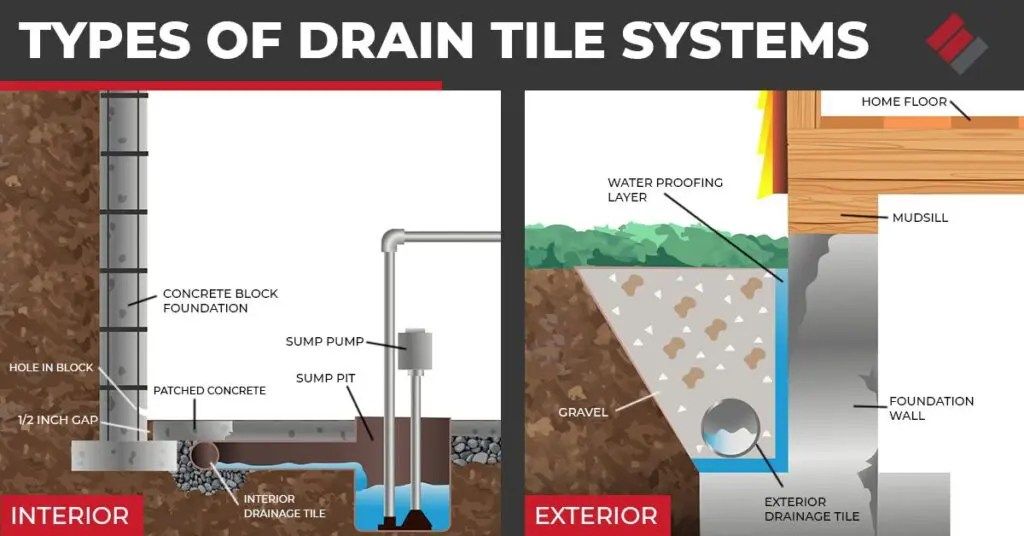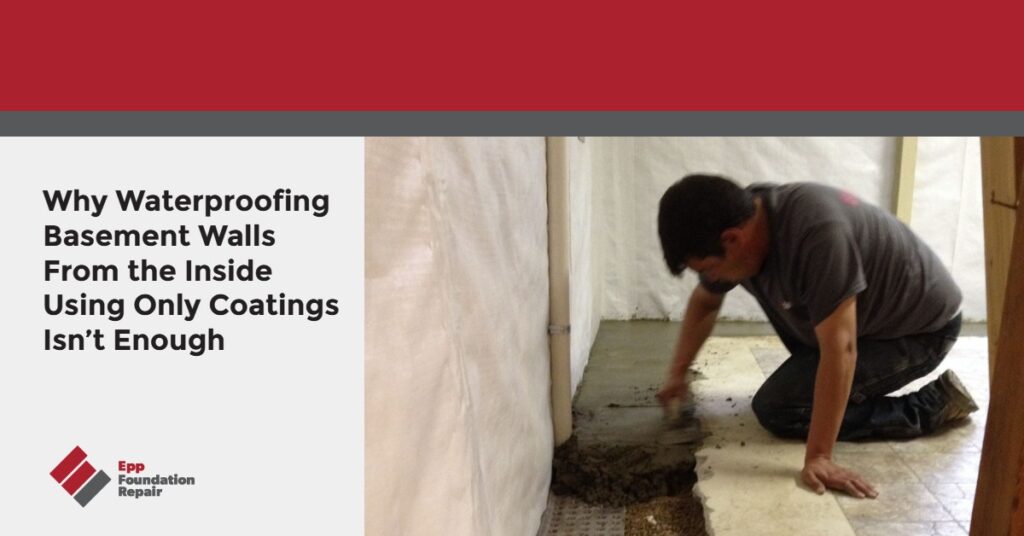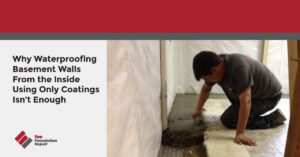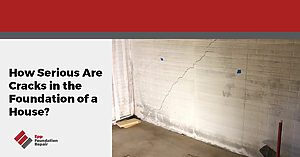Are you looking for information about waterproofing basement walls from inside? If so, you’ve landed on the right page. This article will explain why waterproofing basement walls from inside using only waterproofing coatings is not enough if you want a dry basement you can live in.
Basement walls are below grade, and because of this, they’re surrounded by soil. On top of that, concrete is porous. Therefore, un-waterproofed basements tend to be damp and unpleasant. You definitely don’t want to live in them, and they’re not the best place to store valuables either. Without proper foundation waterproofing, most people will just use their basements as laundry rooms.
Waterproofing basement walls from inside using only waterproofing coatings is not proper waterproofing
If you want a dry basement you can live in and safely store valuables, you need proper foundation waterproofing. Waterproofing basement walls from the inside using only waterproofing coatings is not proper waterproofing, as you shall see. Waterproofing basement walls from inside only just erects a barrier to keep moisture out. It does nothing to solve the root problem, which is excess moisture in the soil outside the basement walls.
Causes of a wet basement
Your basement gets wet for various reasons including:
- Cracks in the foundation wall – These cracks may be invisible to the naked eye. However, they still provide a way for water to enter the basement.
- Cracks in the basement floor
- Problems with window wells – Without good drainage, water builds up in the window well and then seeps in around the egress window.
- Water seepage around a basement door
The root problem is excess water in the soil around the foundation caused by poor drainage
The root cause of a wet basement is excess moisture in the soil, which is caused by poor drainage around the foundation. When the soil around your foundation gets saturated with water that can’t drain off, hydrostatic pressure builds up and pushes against the foundation. Hydrostatic pressure is strong enough to push water through tiny cracks in the basement wall or floor. Hydrostatic pressure is even strong enough to crack a basement wall and cause it to bow inward.
So, what causes all that water to build up in the soil?
- An improperly graded yard – A properly graded yard slopes away from the home’s foundation. This is done so water doesn’t pool around the foundation.
- Clogged gutters – If gutters are clogged, water is likely to spill over, run down the side of the house, and soak the soil next to the foundation.
- Downspouts that are too short – Downspouts shouldn’t release water next to the foundation. They should channel it several feet away from the foundation before releasing it. If your downspouts are too short, this doesn’t happen. The water gets dumped next to the foundation.
- There’s no drain tile system around the foundation – A drain tile system prevents water from building up in the soil around the foundation. We’re going to talk more about this below because drain tile is a gold standard when it comes to basement waterproofing.
For more information about basement waterproofing, see A Quick Guide To French Drain Basement Waterproofing.
Why waterproofing basement walls from inside using only waterproofing coatings isn’t enough
Waterproofing basement walls from inside using only waterproofing coatings isn’t enough because it doesn’t solve the root problem: excess water in the soil around the foundation. Waterproofing basement walls from inside only using waterproofing paint, coatings, or concrete sealers, just puts up a barrier to keep water out. However, the water is still there in the soil, and that’s the problem. Waterproofing basement walls from inside only is a temporary fix that will ultimately fail. If you want waterproofing to make your basement dry enough to live in, you need a drain tile system.

Drain tile is the most effective basement waterproofing solution
There are two types of drain tile systems: exterior and interior. Here’s how they work:
- Exterior drain tile – Exterior basement waterproofing is installed around the perimeter of the foundation at the footing level. A shallow trench is dug, filled with gravel, and then a perforated drainage pipe is placed in the trench, covered with more gravel, and then the excavated dirt is replaced. Now, excess water in the soil flows into the pipe and gets channeled away from the foundation via gravity or a sump pump.
- Interior drain tile – An interior drain tile system is installed around the inside perimeter of your basement. Installation involves using a jackhammer to break up the slab in order to dig the shallow trench for the drainage pipe. Interior drain tile works by directing water toward the sump pit, where it’s then released away from the foundation by a sump pump.
For more information on drain tile, see How Does A Drain Tile System Work?
Other ways to keep water out of your basement
The best way to keep water out of your basement is to control the groundwater around your home’s foundation. While a drain tile system is the best way to do this, there are other things you can do that will also help. These include:
- Keep water-hungry vegetation away from the foundation – If you plant flowers and shrubs next to the foundation and they need a lot of water, that’s a recipe for trouble. Keep them several feet away from the foundation.
- Regrade your yard, if necessary – As we pointed out above, your yard should slope away from the foundation. If it doesn’t, you’ll need to regrade it. A landscaper can help you with this, or you can DIY.
- Clean your gutters regularly – You don’t want water flowing over the side of your house and soaking into the soil next to the foundation.
- Install downspout extensions – Downspout extensions are inexpensive, easy-to-install, and will direct water away from the foundation before releasing it.
- Install an underground downspout and a pop-up emitter – Water from the gutters is directed into the underground downspout and channeled toward the pop-up emitter several feet away from the foundation. When the pop-up emitter fills with water, it pops up and ejects the water.
Waterproofing basement walls from inside using only waterproofing coatings isn’t a long-term solution if you want a dry basement. However, that doesn’t mean that waterproofing basement walls from inside is ineffective. Done properly, waterproofing from the inside can be a long-term solution. However, it will mean controlling where the groundwater goes using a vapor barrier, drain tile, a sump pit, and a sump pump.







